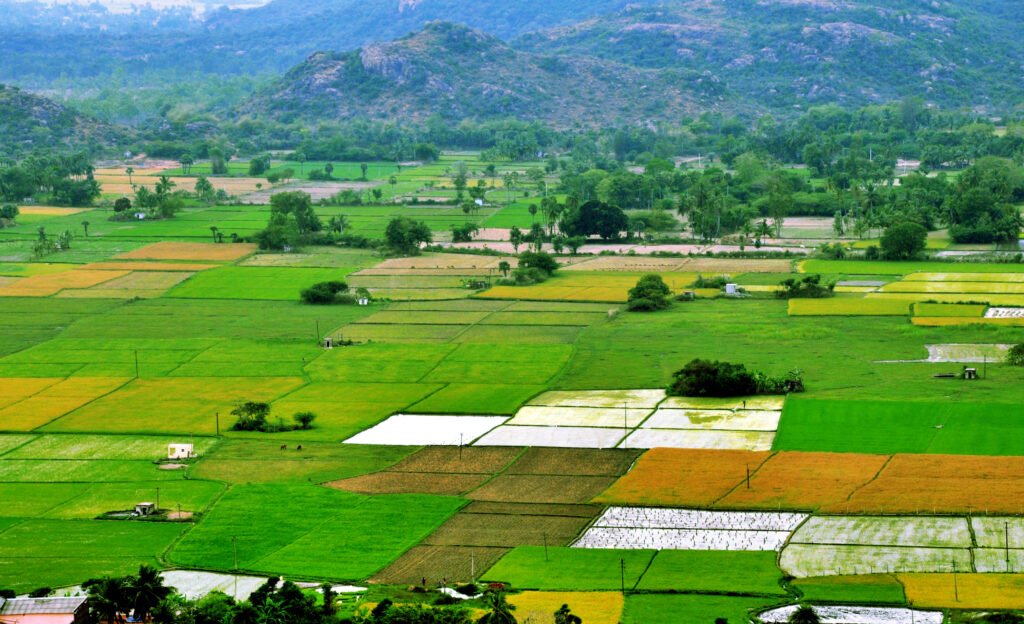Causes of Population Explosion in India
Population Explosion In India The fastest rise in the population of India was from 1951 to 1981, the population was 36 crores in 1951 and reached around 70 crores in 1981. During this period of 30 years, the population increased by around 34 crores, which is the fastest rise in the history of population statistics. […]


